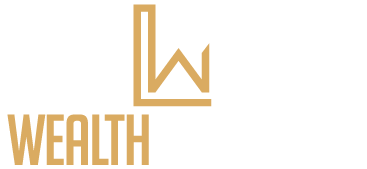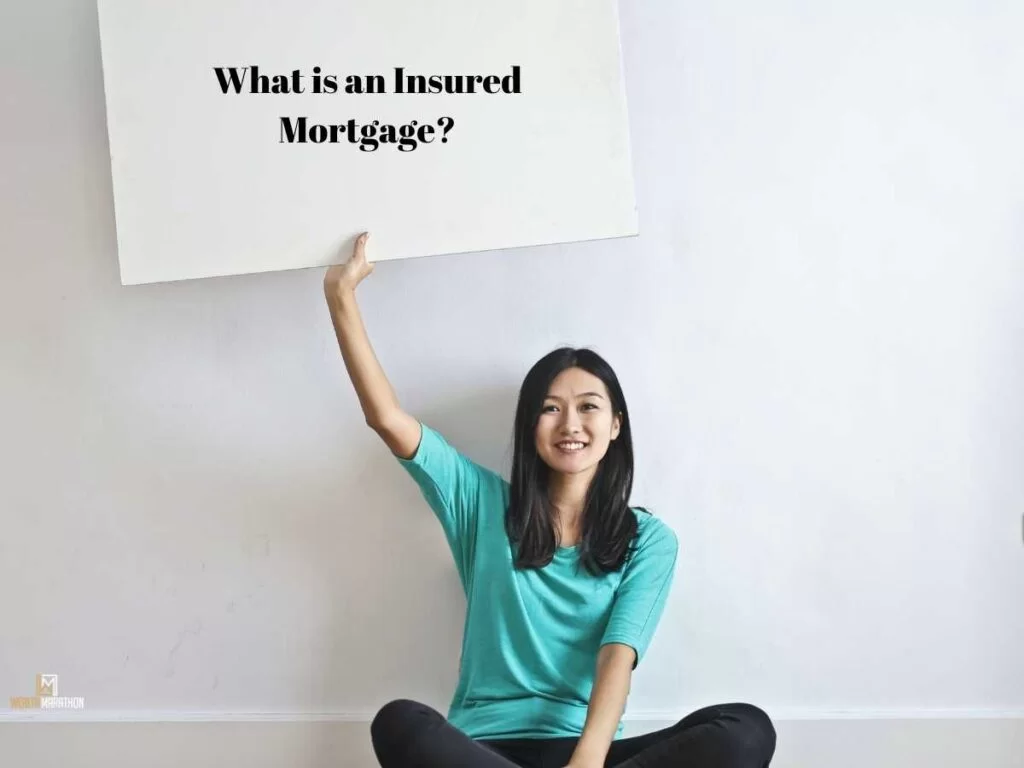What is the First Time Home Buyer Incentive?

The first time home buyer incentive down payment program provides additional down payment for first-time home buyers who meet the minimum down payment for an insured mortgage. The program offers 5% or 10% of additional financed down payment in exchange for the Government taking an equity stake in the home’s appreciation or depreciation.
Why Was the First Time Home Buyers Incentive Created?
The first-time home buyer incentive program was created to assist first-time homebuyers in saving up for the required down payment required to purchase a home while increasing affordability among first-time home buyers. The increase in home prices across the country has made it difficult for most first-time buyers’ income levels to keep up. Therefore, they are unable to save up the required down payment.
For example, the average home price in Canada as of July 2022 was $629,971. The minimum insured mortgage down payment required would be $37,997.10, which can be a tall order for a first-time buyer when income levels have been mostly flat.
The program was first introduced in September 2019 the updated to include cities such as Vancouver and Toronto in May 2021. Further changes were made to the program to alter the equity gains portion of the program. The program, for now, will continue until March 31, 2025.
Who qualifies for the First Time Buyer Incentive?
The primary requirement is that at least one potential buyer must be a first-time home buyer. According to the program, they define a first-time home buyer as;
- Must be a Canadian citizen, permanent resident, or non-permanent resident who is legally authorized to work in Canada; and
- You’ve never purchased a home before; or
- You’re going through a breakdown in your marriage or common-law relationship; or
- In the last four years, you haven’t occupied a home that either you or your current spouse or common-law partner owned.
The program’s definition of a first-time home buyer is similar to the ones set out under the RRSP Home Buyer’s Plan. The main thing is to ensure you have never owned a home, and the home you plan to purchase will be your primary residence. Investment properties do not qualify under this program.
What is the Income Requirement for the First Time Home Buyer Incentive Program?
The program doesn’t have any stipulation around the type of income required for the program. Instead, the program has a total qualifying income, which cannot be exceeded to qualify for the program based on where you reside in Canada.
If you reside in Toronto, Vancouver, and Victoria Census Metropolitan Areas (CMAs), the maximum qualifying income is $150,000 per year. That’s a combined household income for all borrowers.
If you reside anywhere else in Canada, all combined borrowers’ total qualifying income is $120,000 per year.
What Type of Properties Qualify for the First Time Home Buyers Incentive Program?
For the most part, all property types qualify for the program, which includes:
- New Construction
- Re-Sale Home
- New and Re-sale mobile homes (maximum incentive is 5% whether new or re-sale)
These types of properties can be in any of the following forms, such as:
- Condominium units
- Townhouses
- Triplex, duplex, fourplex
- Semi-detached homes
- Single-family homes
- Row homes
Similar to the individual requirement of being a Canadian resident. Regardless of the property type, it must be located in Canada and be suitable for full-time and year-round occupancy.
How Much Down Payment does the First Time Home Buyer Incentive Provide?
Depending on your property type, you can obtain 5% or 10% of an additional down payment to help with your purchase.
To qualify for any down payment amount, you first need to have the minimum down payment required from a traditional source and the loan to value above 80%. Mortgages with a loan value of 80% or lower do not require mortgage insurance. To qualify for this program, you must be getting an insured mortgage that will be provided by either CMHC, Canada Guaranty, or Segan.
For example, if you are planning on buying a home that’s $650,000, you will need to have at least $40,000. The current minimum down payment requirement for an insured mortgage is 5% on the first $500,000 and 10% on the remaining balance on properties that have 1-2 units, while for properties that have 3-4 units, the minimum down payment is 10%.
Once you’ve met that requirement, the down payment you can qualify for depends on the type of property you plan to purchase. The highest amount of down payment help possible will be on a new construction property.
| First Time Home Buyer Incentive Down Payment Break-Down | |
| Property Type | Incentive (%) |
| New Construction | 5% or 10% |
| Existing Home | 5% |
| New or re-sale mobile home | 5% |
The program has set a maximum down payment for the incentive. If you seek a 10% incentive, the maximum down payment you will receive is 9.99%, while the 5% maximum down payment incentive is 14.99%.
| First-Time Home Buyer Incentive Maximum Down Payment | |
| Down Payment Incentive | Maximum Payment Paid by Program |
| 10% | 9.99% |
| 5% | 14.99% |
If we continue with our example of purchasing a $650,000 home and assuming it’s an existing home. The program’s maximum down the total amount the program will support is $97,435. The total amount of down payment you have between the program’s help and you’re personal savings cannot exceed this amount.
If you have additional funds that would put you above the program’s requirement total down payment, consider saving it and applying it as a lump sum payment if your lender allows it.
What Type of Down Payment Qualify for the First Time Home Buyer Incentive Program?
The program only allows for traditional down payments from traditional sources, which can include:
- Personal savings
- RRSP withdrawals
- Funds borrowed against proven assets (such as home equity line of credits)
- Gift funds from relatives that are non-repayable
It considers the following sources of down payment as non-traditional when used to qualify for the program:
- Unsecured personal loans
- An unsecured line of credits
How does the Mortgage-to-Income Requirement work for First Time Home Buyer incentive?
In addition to having an income below the program’s requirement, applicants must also ensure their mortgage debt level doesn’t exceed a certain amount of their income.
For individuals buying or constructing a home located in Vancouver, Victoria, and Toronto CMAs, their mortgage to income cannot exceed 4.5. For all other areas, the maximum mortgage to income is 4.0.
Based on this requirement, the maximum mortgage an applicant can seek who resides in Vancouver would be $675,000, which is well below the average selling price of homes in Vancouver between July 21-Aug 18, 2022, which was $1.1M. As such, this program might not be as helpful in high-priced markets.
How Does the Equity Program Work for the First Time Home Buyer Incentive?
The Government of Canada takes an equity stake in the homes for which a borrower utilizes the first-time home buyer incentive to acquire the home.
In a nutshell, the Government of Canada becomes a co-owner of the property you purchase. The money provided to borrowers under the program is registered on title as a second charge, though no payment is required, and the amount you borrowed incurs no interest charge. The charge will have a 25 years amortization with the expectation that you pay out the loan in that time or before.
How do you Pay back the Equity Share of the First Time Home Buyer Incentive Program?
Two things will trigger the repayment of the Government of Canada’s equity; if the home is sold or you choose to repay it on your own. Refinancing your mortgage will not trigger repayment unless the lender you are dealing with requires you to repay the loan to finance your mortgage.
If you choose to repay the loan before the 25-year period, you have no prepayment charge or cost for doing so.
The total amount you will have to pay depends on how much you initially borrowed.
Suppose you received an incentive of 5% or 10% with a similar government matching down payment. Assuming the home has appreciated, you will have to pay back the initial incentive plus a maximum gain to the Government of 8% per year (not compounded) on the incentive amount from the date of advance to the time of repayment.
If you received an incentive of 5% or 10% with a similar government matching down payment, however, the home’s value has depreciated. You will have to repay the incentive minus a maximum loss to the Government of 8% per year (not compounded) on the incentive amount from the date of advance to the time of repayment.
| First Time Home Buyer Incentive Payment Chart | ||
| Incentive Received (%) | Repayment Amount When Home Appreciates | Repayment Amount When Home Depreciated |
| 10% |
|
|
| 5% |
|
|
If you cannot pay back the funds for whatever reason, the program has stated it will work with borrowers to come to a solution. But given home prices in Canada, the Government will likely wait things out as, over the long-term, home prices appreciation will provide room for the loan to be repaid.
Things to Keep in Mind Before Using First Time Home Buyer Incentive Program?
The first-time home buyer incentive can be a good program depending on where you live in Canada. Some markets like Toronto or Vancouver will see less usage from this program given their high home prices. Furthermore, analysis needs to be given regarding the equity payout structure as this can eat away any profit you may have. However, this needs to be balanced with the ability to acquire an asset you may not be able to otherwise.
Some other notable things to keep in mind include knowing the maximum closing date permitted under this program for an existing home is six months and 18 months for new construction. If you have any additional delays, you will have to submit a new application, and if your application has changed to no longer fit the program, no exception will be provided.
You will also have to sign an attestation confirming your enrollment into the program and confirming you are a first-time homebuyer.
If you decide to port your mortgage, which means you are buying a new property but moving the mortgage to that new property, the program will consider this a sale and the incentive will have to be paid back. It’s also important to note that the program is unclear regarding a principal residence with a self-contained suite. You want to clarify this on your application if you intend to rent the suite, but the home will also serve as your primary residence.
There is no exception provided in the program’s mortgage-to-income requirement. As such, don’t expect to purchase a property slightly above this requirement and hope the program will provide you with an exception based on your situation, as none will be provided.
If you plan on completing renovation to the property, you are not required to notify the program, but the Government will also participate in any additional gains you obtain from the renovation. However, this might not be bad as it might enable you to repay the loan sooner. If the renovation upgrades are done through a purchase plus improvement mortgage, ensure to carry out the renovation to avoid issues. The program has indicated they will work with homeowners if they cannot proceed with the plan renovation.
Finally, suppose you are doing any refinancing in which the lender requires you to payout the incentive. In that case, you will need to obtain an appraisal to determine the property’s current market value. This will have to be completed by an appraisal company, and the amount to be paid back will be based on the current market appraisal of the property.
Should You Apply for the First Time Home Buyer Incentive Program?
I think the big concern for this program is the repayment structure. Since this is a co-ownership program with relatively limited restrictions, entering the program will not incur additional interest or require additional payment. This means you will not end up paying a monthly fee. However, there is a fee in the sense that the Government is simply deferring the monthly payment you usually would have to make on such a loan and capturing the payments when you pay them out with the additional 8%.
This program, as stated already, is less likely to be enticing for buyers in markets where house prices are high, and the income needed to qualify for a home far exceeds the program’s income qualification cap. But this program might warrant a look in cities where house prices are still reasonable compared to income levels. If the choice is between purchasing a house at a reasonable cost or not being able to afford a home at all, you should consider this program.
A raid increase in your property value might enable you to payout the Government quicker. While you have to review your situation, paying out the loan sooner than later would prevent the Government from further participating in your equity gains throughout your ownership.
Suppose you can purchase a property without needing the program’s assistance, or perhaps a family member is willing to provide you funds without repayment required and no title registration. In that case, participation in the program will not be of any value over the long term.
In short, it depends on your situation if you should participate or not in the first-time home buyers incentive program.







Responses